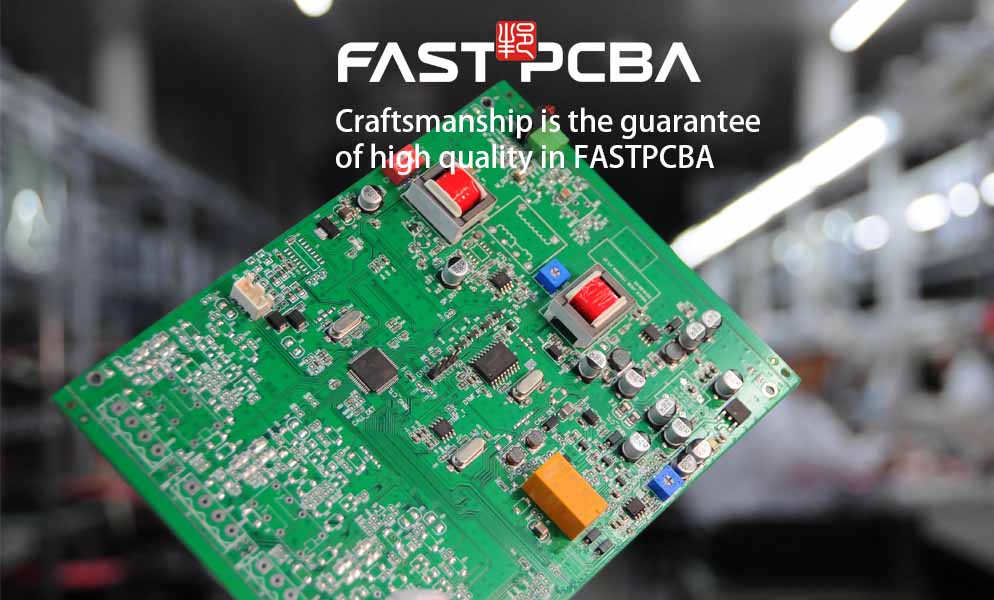About us
FASTPCBA Co.,Ltd
-
 Building 1, Senyang Electronic Technology Park, Guangming High-tech Park, Yutang Street, Guangming District, Shenzhen City.
Building 1, Senyang Electronic Technology Park, Guangming High-tech Park, Yutang Street, Guangming District, Shenzhen City.
-
 F:86-13418481618
F:86-13418481618
-
 pcba13@fastpcba.cn
pcba13@fastpcba.cn
 date:2019-11-19 13:39:17
date:2019-11-19 13:39:17
Surface mount printed circuit SMT requirements
1 SMT's overall requirements for printed circuit boards
The Surface Mount Prined Circuit Board (SMB) is very different from the traditional printed circuit board. The SMT reflow process requires SMB to pass through the 230°C (lead-free up to 260°C) high temperature furnace. The requirements for the substrate material are much higher than those of the conventional printed circuit board, and the requirements are high temperature resistance and good flatness. In addition, because SMB has the characteristics of high density and small aperture, the processing difficulty is much larger than that of traditional printed circuit boards. The requirements of SMT for printed circuit boards are as follows.

A. The shape and dimensional is stable, and the warpage is less than 0.0075mm/mm (the ultra-high density warpage is required to be controlled within 0.5%)
B. The pad plating is flat to meet the SMD coplanarity requirements.
C. The coefficient of thermal expansion is small and the thermal conductivity is high.
D. Heat resistance requirements: SMT requires secondary reflow PCB not to be deformed
E. The copper foil has high adhesion strength and good solderability.
F. High bending strength.
G. Electrical performance requirements: dielectric constant, withstand voltage, insulation performance should meet product requirements.
H.High-density PCBs such as GBA, CSP, etc. use multi-layer boards with buried or blind holes.
2 Surface assembly PCB material selection
A. Select PCB according to product function, performance index and product grade.
B. For general electronic products, FR-4 epoxy glass fiber substrate is used; lead-free high Tg, (150-170 °C) FR4, CEM-3, FR-5, etc. can be selected.
C. For the use of high ambient temperature or flexible circuit boards, a polyimide fiberglass substrate is used.
D. For high-reliability boards with high heat dissipation requirements, metal substrates are used.
For high frequency circuits, a teflon glass fiber substrate is required.
3 FR-4 characteristics for lead-free soldering
A.Tg>145°C (typically 150~170°C).
B. High decomposition temperature (358 ° C).
C. Excellent dimensional stability in the hot state.
D. Z-axis expansion coefficient is small.
E. Good ion migration resistance
 Building 1, Senyang Electronic Technology Park, Guangming High-tech Park, Yutang Street, Guangming District, Shenzhen City.
Building 1, Senyang Electronic Technology Park, Guangming High-tech Park, Yutang Street, Guangming District, Shenzhen City.
 F:86-13418481618
F:86-13418481618
 pcba13@fastpcba.cn
pcba13@fastpcba.cn